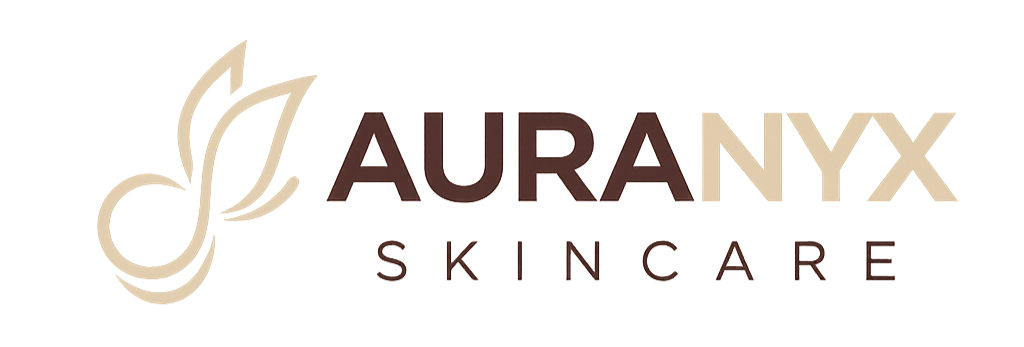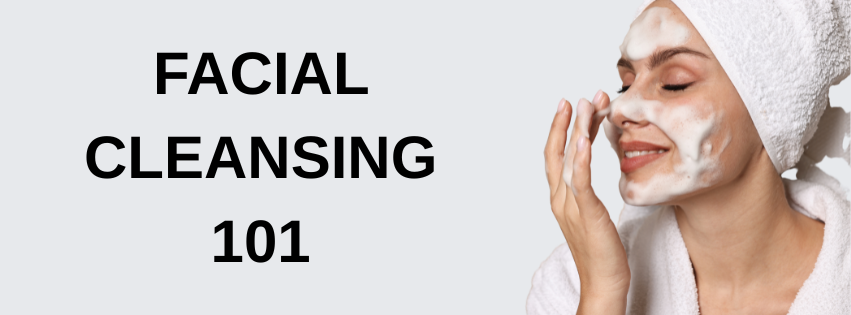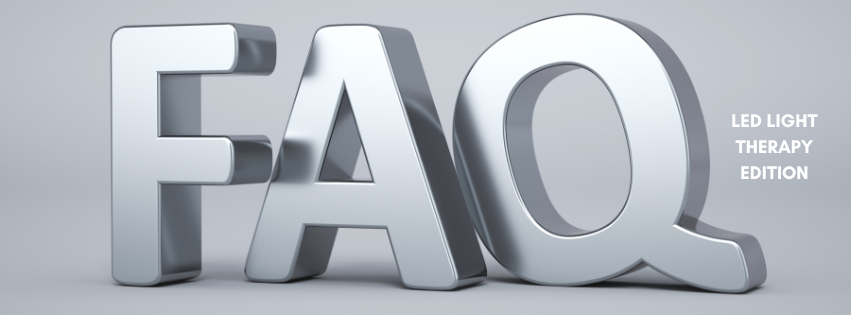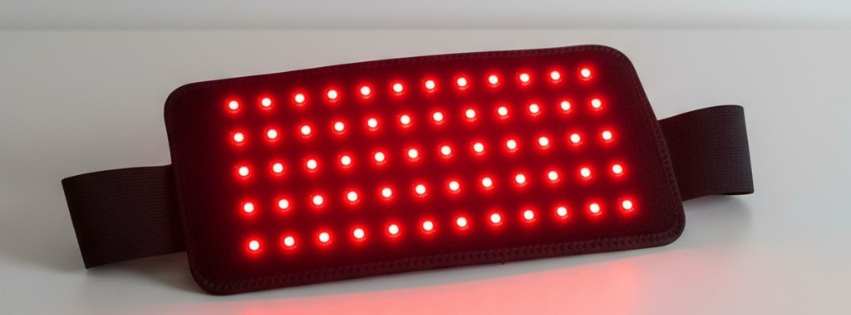If you’re building a routine that actually works, the first step matters most: cleansing. Done well, it removes sunscreen, makeup, excess sebum and pollution without disrupting your skin barrier - so everything you apply after works better. Below is a dermatologist-informed, evidence-based guide to getting the most from a facial cleansing brush, plus a step-by-step “how to” you can follow tonight.
Why cleansing (and technique) matters
Dermatology bodies consistently recommend gentle cleansing with lukewarm water, non-harsh cleansers, and minimal friction - typically twice daily (morning and night) and after sweating. Over-cleansing, hot water, or scrubbing can damage the barrier and provoke irritation or breakouts.
Do facial cleansing brushes help?
Short answer: They can - when used gently and correctly.
- Cleansing efficacy: Clinical work comparing sonic/oscillating brushes to manual cleansing shows improved removal of impurities and makeup when used as directed.
- Acne-prone skin: An industry-sponsored cohort (4 weeks, twice-daily use with an acne brush head and gel) reported the routine was well-tolerated and clinically helpful for acne-prone skin; as always, tolerability varies, so introduce gradually.
- Overall dermatology view: Reviews conclude that a gentle sonic-brush routine followed by moisturisation may improve concerns linked to pollution exposure and inflammatory skin, provided users avoid excessive pressure and frequency.
Key principle: a brush is a tool for gentle cleansing, not a scrub. Pressure should be light, contact time short, and the cleanser non-abrasive. The American Academy of Dermatology (AAD) stresses “gentle application,” lukewarm water, and avoiding hot water and harsh scrubbing.
Who should (and shouldn’t) use a brush
Good candidates
- Normal, oily, combination skin
- Makeup and mineral sunscreen wearers (especially if not double-cleansing)
- Congestion/blackheads (as part of a gentle routine)
Use with caution / avoid during flares
- Very sensitive skin, active eczema/dermatitis, rosacea flares, sunburn, open lesions—added friction can worsen irritation.
- If you’re on topical retinoids/benzoyl peroxide or undergoing procedures (peels, lasers), introduce slowly (2–3×/week) or pause as advised by your clinician.
Dermatologist-guided benefits (when used correctly)
- More thorough cleanse vs fingers alone, helping remove makeup, water-resistant SPF, excess oil and particulate pollution.
- Smoother feel and improved texture via very mild mechanical exfoliation (light strokes only; avoid separate scrubs on the same day).
- Better prep for actives (hydrating serums, antioxidants) because you’re starting with a clean, balanced surface. AAD face-washing guidance emphasises gentle cleansing as the foundation for skin health.
(Remember: pores don’t literally “shrink,” but clearing debris can make them look less noticeable.)
Step-by-step: How to use a facial cleansing brush
Frequency: Start once a day or every other day. Most people don’t need more than 1× daily. Sensitive skin may prefer 3–4×/week.
-
Remove heavy makeup/SPF (optional double cleanse).
If you wear long-wear makeup or water-resistant sunscreen, begin with an oil or balm cleanser, then proceed to your water-based cleanser with the brush. Keep water lukewarm (not hot). -
Wet face + brush head; apply a gentle cleanser.
Choose a fragrance-free, non-abrasive cleanser. Avoid gritty scrubs. Apply cleanser to your damp face or onto the brush head. -
Use light pressure and short, sweeping passes.
Let the device do the work—no scrubbing. Spend ~15–20 seconds per zone (forehead, nose/cheeks, chin), totalling ~60 seconds. Avoid the eye area. AAD: if using a brush, keep strokes light and brief. -
Rinse thoroughly with lukewarm water.
Make sure no cleanser residue remains (residue can irritate). Pat—not rub—dry with a clean towel. -
Immediately moisturise.
Cleansing can transiently increase water loss; applying moisturiser right after helps re-seal the barrier. Morning: follow with SPF 30+.
Choosing the right cleanser and brush settings
- Cleanser: Look for soap-free, pH-balanced, fragrance-free formulas. If you use medicated cleansers (e.g., benzoyl peroxide), some dermatologists recommend leaving on 1–2 minutes before rinsing to increase efficacy; monitor for dryness.
- Brush head: Soft silicone or ultra-soft bristles. For acne-prone, use the acne/sensitive head if available.
- Speed/mode: Start on the lowest setting. Increase only if your skin tolerates it without tightness or redness.
Hygiene & maintenance (non-negotiable)
- Rinse the head after every use; shake off excess water and let it air-dry.
- Deep-clean weekly with gentle soap; disinfect per manufacturer instructions.
- Replace porous brush heads roughly every 3 months (or sooner if splayed). Silicone heads last longer but still clean regularly. (This aligns with general dermatology guidance on keeping skin-contact tools clean.)
Common mistakes to avoid
- Hot water & harsh cleansers → barrier damage and irritation. Choose lukewarm water and mild cleansers.
- Pressing hard or “scrubbing” → micro-irritation. Use feather-light pressure.
- Stacking exfoliation (AHA/BHA + brush the same night) → dryness/peeling. Alternate days.
- Over-cleansing (>2×/day without a reason) → dryness or rebound oiliness. Modify by skin type and activity (after workouts, cleanse).
Where this fits in your routine (AM/PM)
AM: Cleanse (gentle) → Hydrating serum (e.g., hyaluronic) → Moisturiser → SPF 30+.
PM: Makeup/SPF remove (optional) → Cleanse with brush → Treatment (retinoid/targets, as tolerated) → Moisturiser.
When to see a dermatologist
- Persistent acne, burning/peeling, or unpredictable redness despite gentle use.
- Rosacea, eczema, or post-procedure skin: ask whether a brush is appropriate for you. Dermatologists may advise limiting friction during active disease or healing.
Takeaway
A facial cleansing brush can be a dermatologist-compatible way to boost cleansing efficacy and refine texture—provided you use gentle pressure, short contact time, lukewarm water, and a mild cleanser, and you moisturise right after. Start slowly, listen to your skin, and keep the brush head clean. Done right, you’ll set the stage for everything else in your routine to perform better.
About the Facial Vibrating Cleansing Brush
- Soft silicone touchpoints
- Sonic pulses with 2 speeds
- 60-second timer (15–20 sec per zone)
- IPX7 water-resistant · USB rechargeable (up to 200 uses per charge).
Suitable for normal, oily, and combination skin; start 3–4×/week if sensitive.
Head over to our products page and try this for yourself in your next skincare routine!




Leave a comment
This site is protected by hCaptcha and the hCaptcha Privacy Policy and Terms of Service apply.